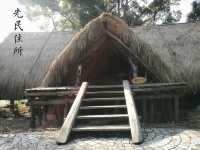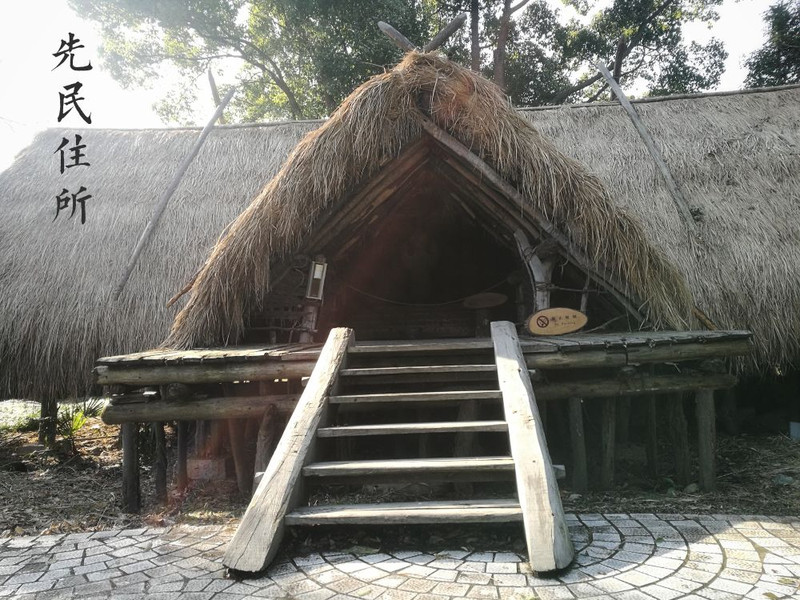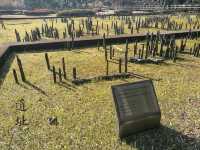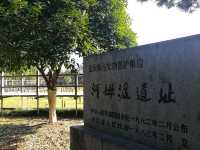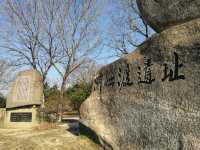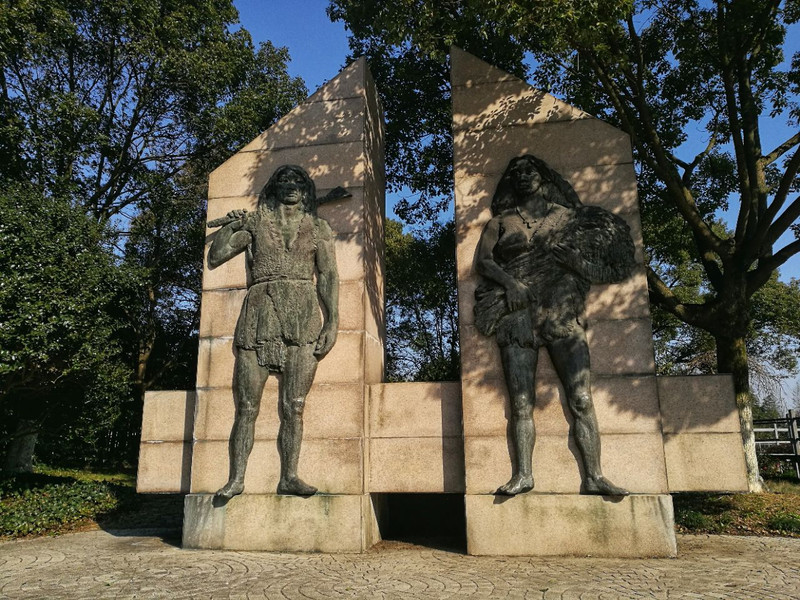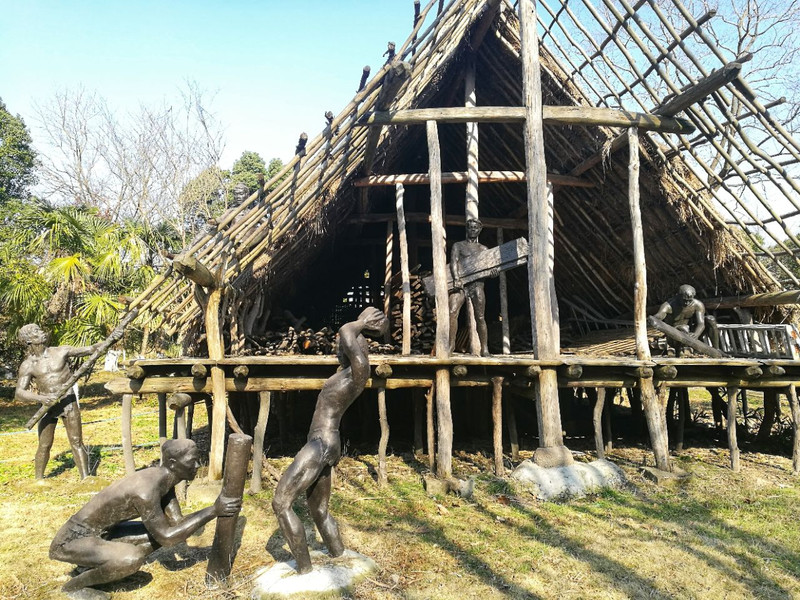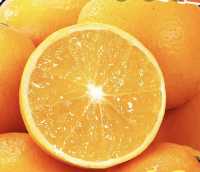The 7,000-year-old civilization is still worth visiting. The sky is blue and the sea breeze rushes. Only when there is a shelter in the sun can we feel comfortable. This is a school, let people feel the living life of their ancestors, their hard work and the difficulty of evolution. Museum is near the gate of 405 bus. I went to Xiandao from the city to dozens of places. I went straight to the site without going to the museum. About a few hundred meters later, they arrived. They saw many stumps. They were broadcasted and explained that Fang Zhi used the man-made house of his forefathers, and there were 7,000 wooden wells. Passing through this period, we can see the life of the ancestors imitated in our imagination. There are houses and sculptures, but they are vivid. After that, I went to the ancient pier and then returned to see the museum, which was also fruitful. The scenic spot is free and the return journey is inconvenient, so we have to take 405 bus, 11:30, 2 yuan per person.
;
Hemudu Ancient Village Review
4.6 /536 Reviews
Recommended Attractions at Popular Destinations
Bangkok attraction near me | Tokyo attraction near me | Manila attraction near me | Hong Kong attraction near me | Taipei attraction near me | Seoul attraction near me | Los Angeles attraction near me | New York attraction near me | Shanghai attraction near me | Kuala Lumpur attraction near me | Shenzhen attraction near me | Osaka attraction near me | Singapore attraction near me | London attraction near me | Guangzhou attraction near me | San Francisco attraction near me | Beijing attraction near me | Macau attraction near me | Bali attraction near me | Paris attraction near me | Ho Chi Minh City attraction near me | Orlando attraction near me | Jakarta attraction near me | Chicago attraction near me | Phuket attraction near me | Toronto attraction near me | Istanbul attraction near me | Dallas attraction near me | Cebu attraction near me | Seattle attraction near me
Popular Attractions
Khao Kheow Open Zoo | Warner Bros. Movie World | SEA LIFE Kelly Tarlton's Aquarium | Auckland America's Cup | Blue Spring Putaruru | Zhangjiajie Grand Canyon Glass Bridge | TSS Earnslaw - RealNZ | Mutianyu Great Wall | Akihabara Electric Town | Te Puia - Rotorua, NZ | Fu Rong Guo Cui - Legend of Face Changing | Huka Falls | Gold Coast Sea World | Wundermanufaktur | Ocean Park Hong Kong | Mount Calvary Baptist Church | Yuhuatai | LUCKNOW GREEN CITY | Shanghai People's Park | Stelios Kyriakides Stadium | Yunus Emre Cami | Masjid Al - Muhajirin | Ponte do Arquinho | Dragon Golfschool | Fairview Soccer Park | Tsukushi Park | Stadion Tuanku Tambusai | Pantai Selong Belanak | Hanuman Mandir | Sri Paydimamba Ammavari Temple
Payment Methods
Our Partners
Copyright © 2024 Trip.com Travel Singapore Pte. Ltd. All rights reserved
Site Operator: Trip.com Travel Singapore Pte. Ltd.
Site Operator: Trip.com Travel Singapore Pte. Ltd.
